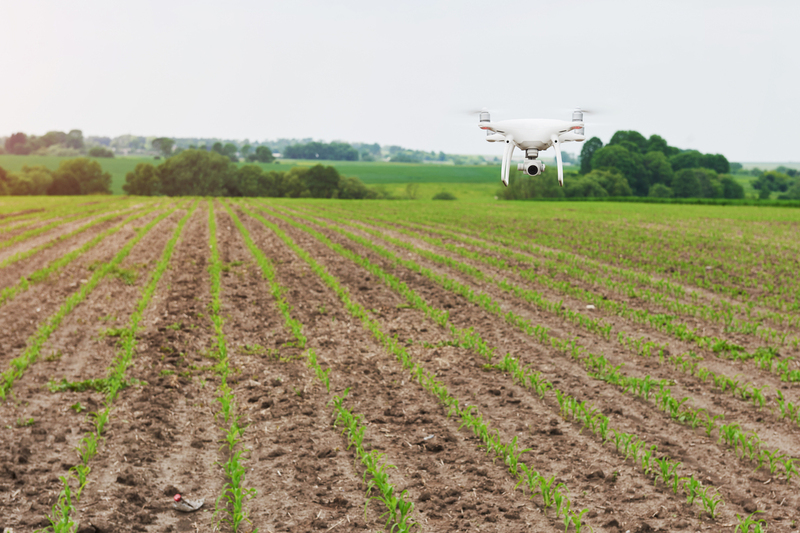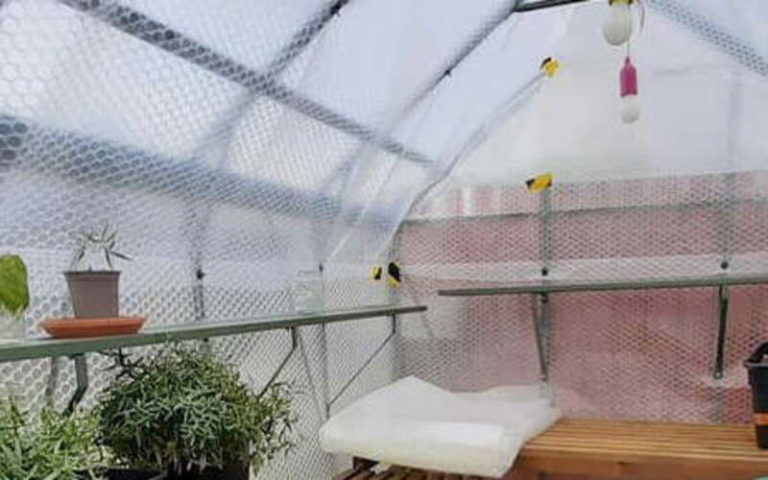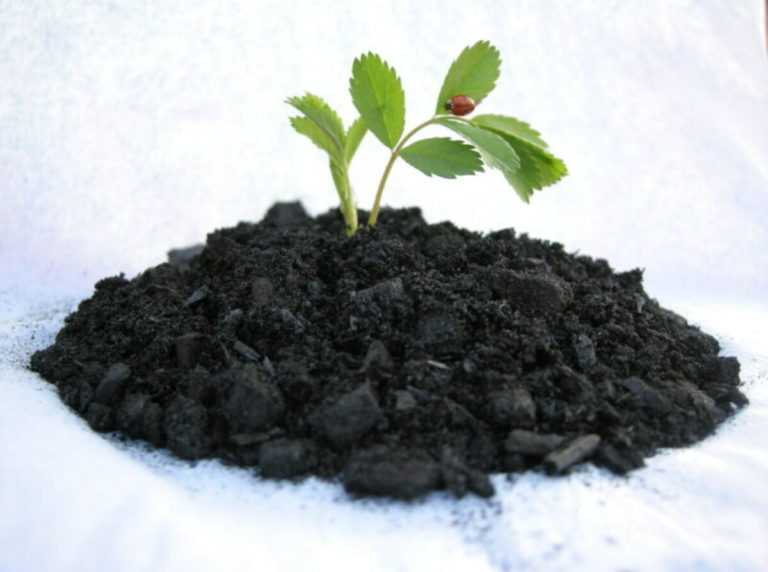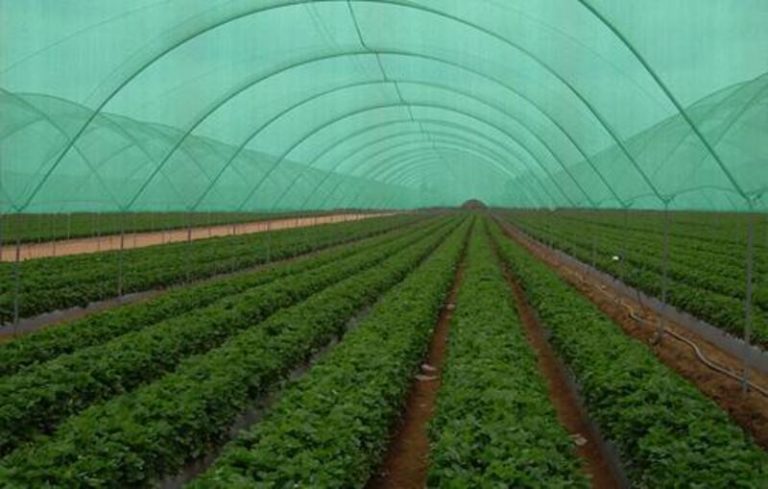Crop Monitoring System: The Key to Increased Efficiency and Profitability in Agriculture
Crop Monitoring System are a modern technological approach used in agriculture to monitor and manage crops’ growth and yield. The system involves the use of various sensors, software, and hardware to collect data from the field and analyze it for effective decision-making.
This article will discuss the importance of a crop monitoring system, its benefits, how it works, and the various technologies and tools used in the system.
What Is the Importance of Crop Monitoring System?
Agriculture is a vital sector of the economy that provides food for human consumption and raw materials for industries. The demand for agricultural products has increased over the years, and farmers have been forced to improve their yield and productivity to meet the market’s needs.
Crop monitoring is a crucial aspect of agriculture as it enables farmers to make informed decisions on when to plant, fertilize, water, and harvest their crops. By keeping an eye on how their crops grow, farmers can spot problems like pests and diseases and take steps to stop or get rid of them.
Crop monitoring also helps farmers manage their resources effectively. By knowing the status of their crops, farmers can determine the amount of water, fertilizer, and other resources needed for their crops’ growth. This helps to minimize waste and save costs.
Benefits of a Crop Monitoring System
Increased yield and productivity: A crop monitoring system helps farmers identify the optimal conditions for their crops’ growth, which leads to increased yield and productivity.
Early pest and disease detection and prevention: With this system, farmers can find and stop pests and diseases before they spread and do a lot of damage to crops.
Efficient resource management: When farmers know the exact amount of resources their crops need to grow, they can manage their resources well and waste as little as possible.
Better decisions: The system gives farmers real-time information on how their crops are growing, so they can decide when to plant, fertilize, water, and pick their crops.
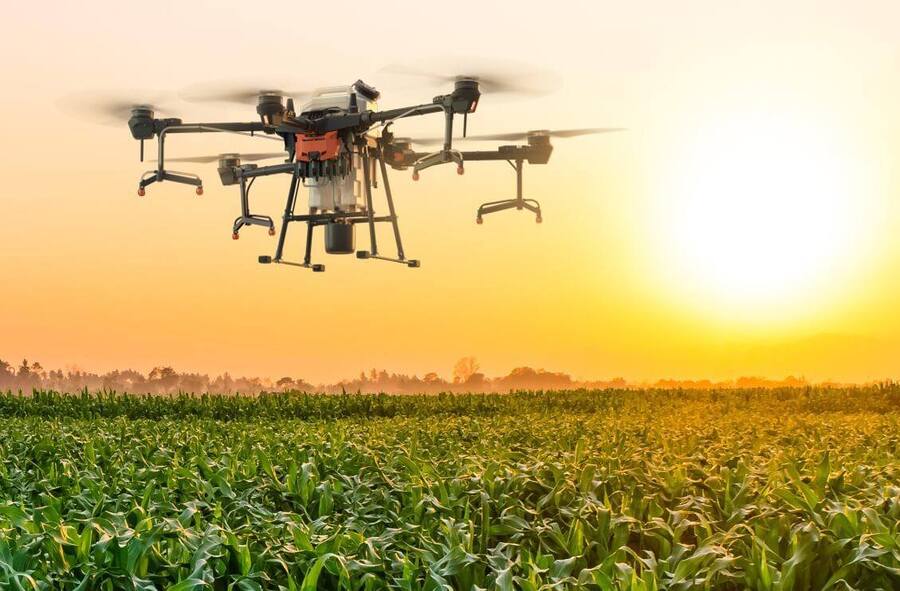
How Does a Crop Monitoring System Work?
A crop monitoring system involves the use of various sensors and tools to collect data from the field. Software then analyzes the data, and a dashboard displays the results for the farmer.
Sensors: Sensors are used to collect data on various parameters, such as temperature, humidity, soil moisture, and light intensity. These sensors are put in key spots in the field to gather information about how the crops are growing.
Software: The data collected by the sensors is analyzed using software to provide the farmer with insights into the crops’ growth. The software can also identify problems such as pests and diseases.
Dashboard: The results of the data analysis are displayed on a dashboard for the farmer to view. The dashboard shows how the crops are growing in real time, so the farmer can make smart choices about when to plant, fertilize, water, and pick their crops.
Technologies and Tools Used in a Crop Monitoring System
There are several technologies and tools used in a crop monitoring system, including:
- Remote sensing: Remote sensing technologies, such as satellites, drones, and aerial imagery, can provide a bird’s-eye view of crops, which allows for easy identification of crop health, growth, and yield.
- Sensors: Sensors such as moisture sensors, temperature sensors, and humidity sensors can provide real-time data on the environmental conditions of crops.
- Data analytics: Tools for data analytics are used to look at the information gathered by remote sensing and sensor technologies. This lets patterns and trends in crop growth and yield be seen.
- Machine learning algorithms: Machine learning algorithms can be used to look at large datasets and find patterns that can help predict crop yields, find potential diseases or pests, and make the best use of resources.
- Geographic Information Systems (GIS): GIS is used to make maps that show how crops grow and how much they produce in different parts of the world.
- Mobile apps: Mobile apps can be used to collect data in real time, so farmers can keep an eye on their crops’ growth and yield and make decisions about how to care for them based on accurate information.
- Cloud computing: Large amounts of data from crop monitoring systems can be stored and processed using cloud computing technologies.
Conclusion
Crop Monitoring System enable farmers to make data-driven decisions, optimize resource use, and improve crop productivity. These systems can also help in predicting potential crop diseases, pest infestations, and other environmental factors that can affect crop yield.
By leveraging advanced technologies, Crop Monitoring System can contribute to sustainable agriculture practices and enhance food security.
Overall, the use of Crop Monitoring System has the potential to transform the agriculture industry, leading to higher crop yields, reduced environmental impact, and improved economic outcomes for farmers.
Also Read :

